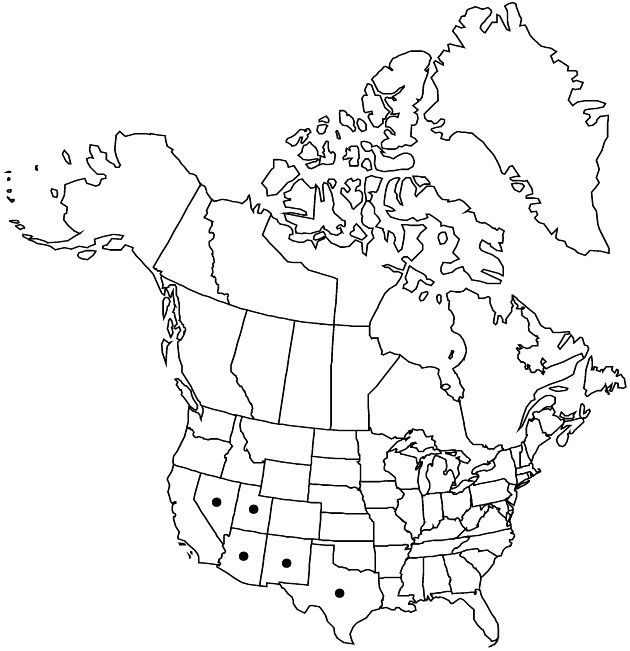Difference between revisions of "Parthenium incanum"
in A. von Humboldt et al., Nov. Gen. Sp. 4(fol.): 204. 1818.
4(qto.): 260. plate 391. 1820.
Common names: Mariola
FNA>Volume Importer |
imported>Volume Importer |
||
| (5 intermediate revisions by 2 users not shown) | |||
| Line 1: | Line 1: | ||
{{Treatment/ID | {{Treatment/ID | ||
|accepted_name=Parthenium incanum | |accepted_name=Parthenium incanum | ||
| − | |accepted_authority=Kunth | + | |accepted_authority=Kunth |
|publications={{Treatment/Publication | |publications={{Treatment/Publication | ||
|title=in A. von Humboldt et al., Nov. Gen. Sp. | |title=in A. von Humboldt et al., Nov. Gen. Sp. | ||
|place=4(fol.): 204. 1818 | |place=4(fol.): 204. 1818 | ||
|year=1818 | |year=1818 | ||
| − | }}{{Treatment/Publication | + | }}, {{Treatment/Publication |
|place=4(qto.): 260. plate 391. 1820 | |place=4(qto.): 260. plate 391. 1820 | ||
|year=1820 | |year=1820 | ||
| Line 35: | Line 35: | ||
-->{{#Taxon: | -->{{#Taxon: | ||
name=Parthenium incanum | name=Parthenium incanum | ||
| − | + | |authority=Kunth | |
| − | |authority=Kunth | ||
|rank=species | |rank=species | ||
|parent rank=genus | |parent rank=genus | ||
| Line 50: | Line 49: | ||
|publication year=1818;1820 | |publication year=1818;1820 | ||
|special status= | |special status= | ||
| − | |source xml=https:// | + | |source xml=https://bitbucket.org/aafc-mbb/fna-data-curation/src/2e0870ddd59836b60bcf96646a41e87ea5a5943a/coarse_grained_fna_xml/V19-20-21/V21_32.xml |
|tribe=Asteraceae tribe Heliantheae | |tribe=Asteraceae tribe Heliantheae | ||
|subtribe=Asteraceae (tribe Heliantheae) subtribe Ambrosiinae | |subtribe=Asteraceae (tribe Heliantheae) subtribe Ambrosiinae | ||
Latest revision as of 20:11, 5 November 2020
Shrubs, 30–100+ cm. Leaf blades oval-elliptic to obovate, 15–25(–40+) × 6–15(–25+) mm, sometimes pinnately (3–)5–7-lobed or round-toothed, ultimate margins entire, faces tomentose (gray to white) and gland-dotted. Heads radiate, in glomerules of 3–5+ on branched stalks 1–5(–12+) cm, forming compound, corymbiform arrays. Peduncles 1–3+ mm. Phyllaries: outer 5 oblong, 1.5–2 mm, inner 5 orbiculate, 2–2.5 mm. Pistillate florets 5; corolla laminae ovate, 1–1.5 mm. Disc florets 8–20(–30+). Cypselae obovoid, 1.5–2 mm; pappus-like enations 2(–3), erect to spreading, ± subulate, 0.5–1 mm. 2n = 54.
Phenology: Flowering (May–)Jul–Nov.
Habitat: Openings in desert scrub, often on limestone soils
Elevation: 1000–1500 m
Distribution

Ariz., Nev., N.Mex., Tex., Utah, Mexico.
Discussion
Selected References
None.
Lower Taxa
None.